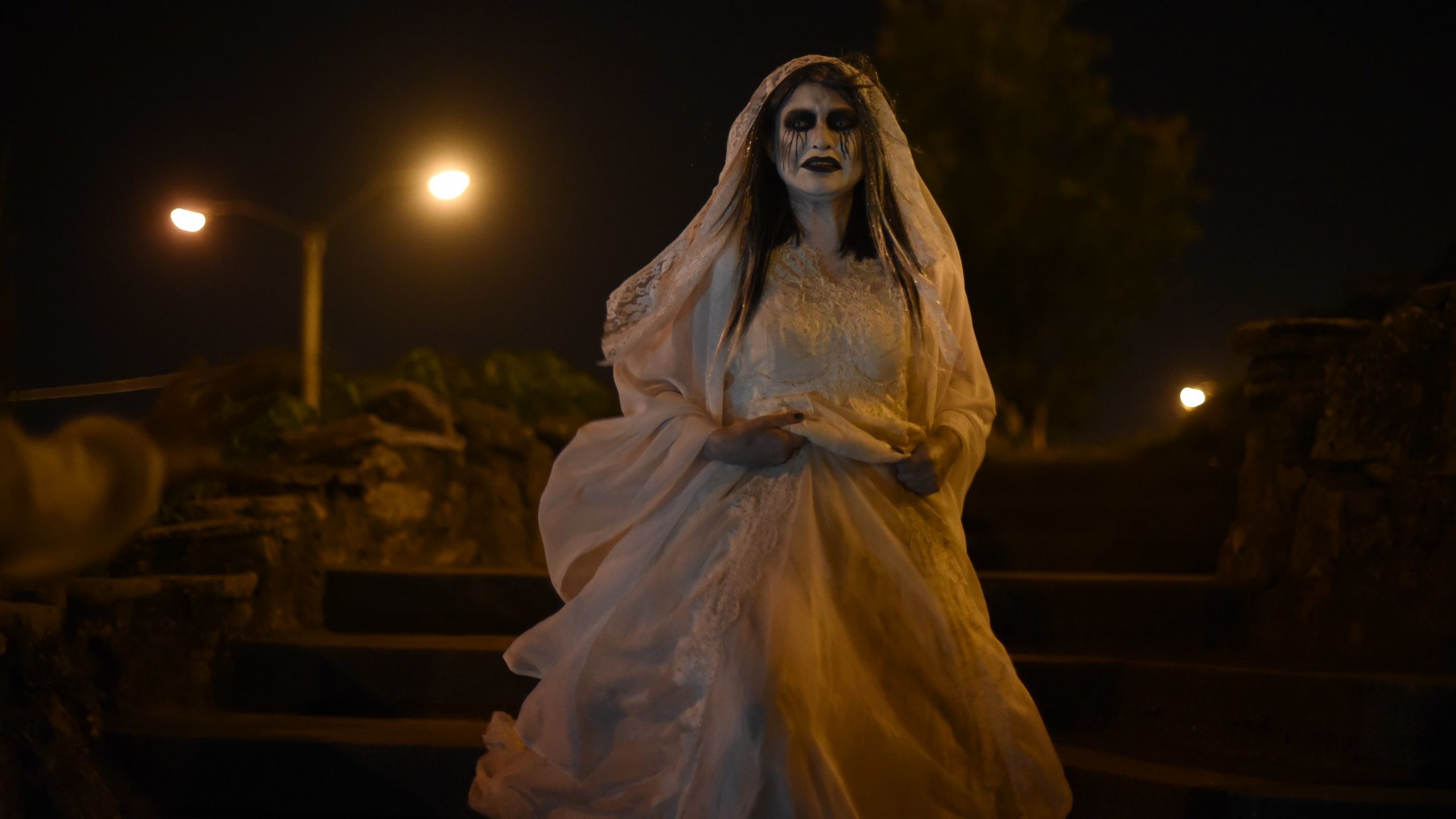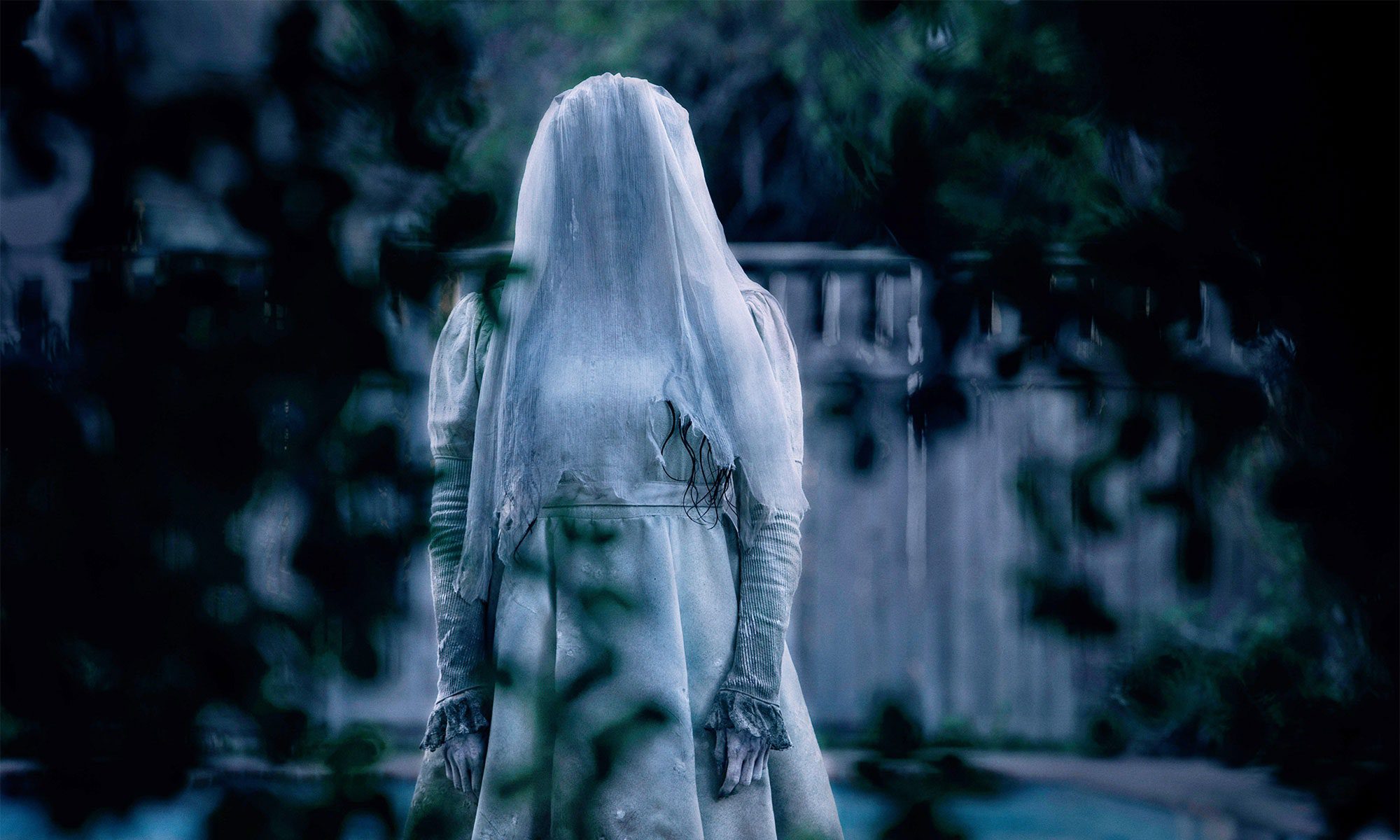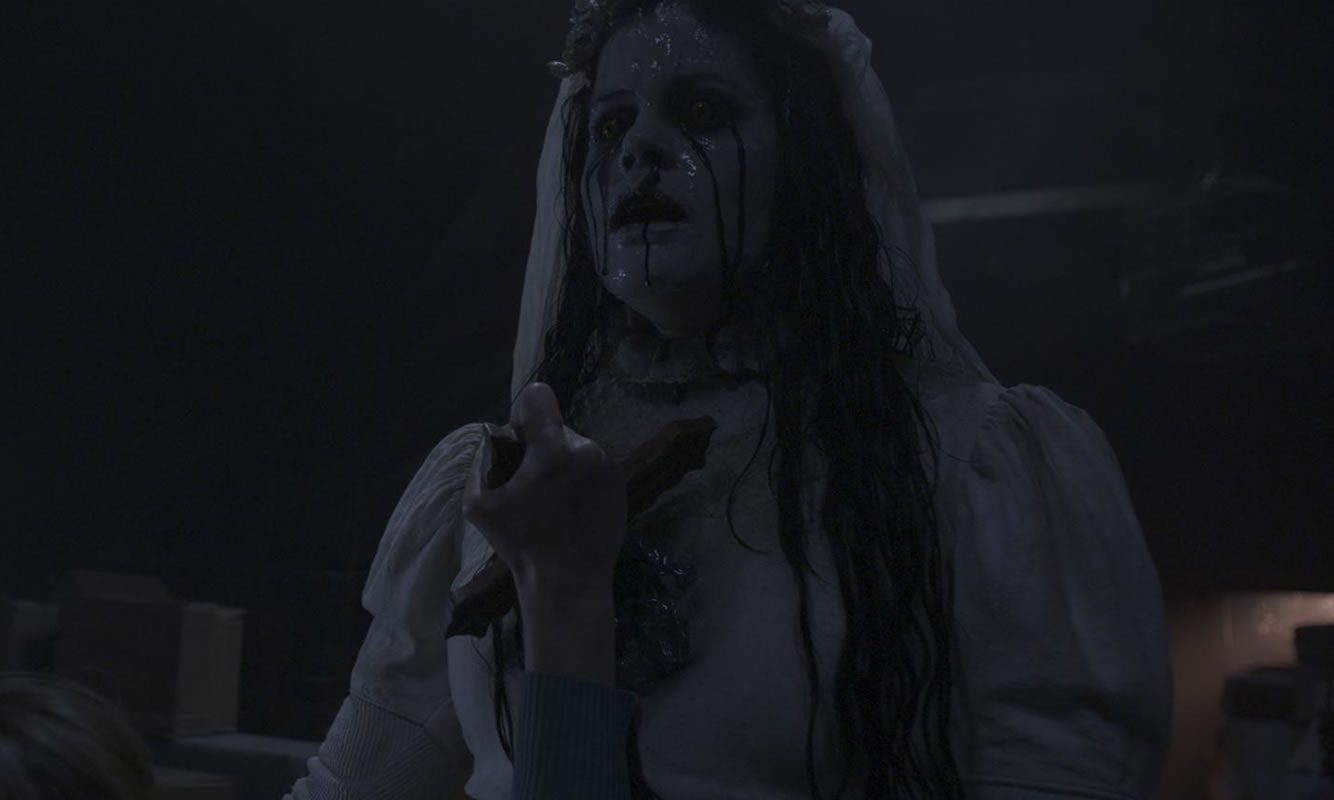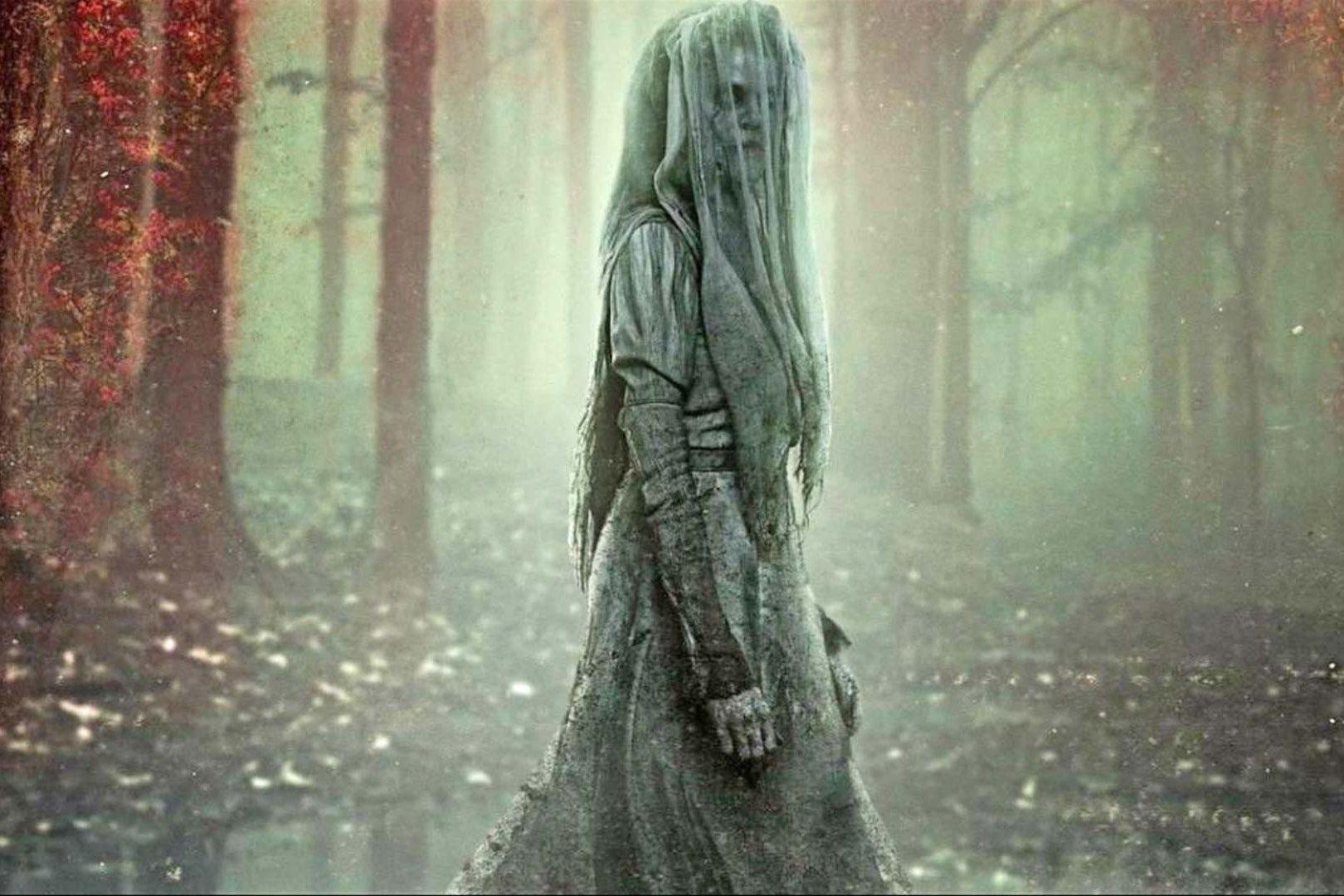A veiled ghost dressed in a white robe haunts a single mother with her two children in the new horror movie The Curse of La Llorona. The next horror film set in the ever-expanding Conjuring world has a name for its demonic adversary: La Llorona.
How much of La Llorona is, therefore accurate? What you should know about the story is as follows: The film, which is set in Los Angeles in the 1970s, centers on a woman and her two children as they struggle to survive against the vengeful ghost of La Llorona. The family’s only hope is a priest who practices mysticism and who just might be able to get them out of danger.

The Real Story Of (La Llorona) “The Curse Of The Weeping Woman” Film.
Almost every child of Mexican descent has vivid memories of La Llorona, or the Crying Woman, an ancient piece of Mexican mythology. The main plot of the folktale, which has a few different iterations, is the same in all of them: Maria, a Spanish woman, was living a happy life with her husband and two children until one day when she saw him walking along the riverfront with a much younger woman. Maria is so horrified by that sight that she drowns her children in a fit of passion. She dies as a result of her realization of what she has done. She spends the next several days sobbing by the river.
Then, because she committed murder, she is denied entry to Heaven when her soul tries to do so; the only way she may be admitted is if she returns to Earth with the souls of her children. This is why it’s believed that Maria’s ghost wanders the streets at night, sobbing in agony and searching for her children. During the night, if she sees a youngster left alone, she takes them with her and drowns them in the river (to free their spirits), pretending that they are actually her children.

The majority of parents in Mexico have admitted to using this fable to scare their children away from going out alone at night. It is so widely believed that many claim to have really seen the ghost of La Llorona. However, no one has been able to determine if she genuinely does exist. However, if residents of Mexico are to be believed, if a youngster is out alone at night and hears a lady weeping, you can be sure that the child will never return.
Greek Myths
According to the Greek myth, Hera discovered Zeus’ liaison with Lamia and had the goddess devour her offspring. Lamia roams the planet, consuming all the children she can get her paws on. Another is the story of Medea and Jason the Argonaut, who had two children. After Jason leaves her for another woman, she murders the kids. Evidently, reports of seeing a weeping woman strolling the streets date back more than ten years before the arrival of the Spaniards in the Valley of Mexico in 1519. The poignant message conveyed by this folktale about a mother who is grieving the loss of her children is deeply engrained in the people’s customs and beliefs.

The myth conveys a value placed on children above all else, as well as feelings of remorse and a need for atonement, according to Carmen Tafolla, president of the Texas Institute of Letters. Her eerie character and constant cries act as a warning of impending danger and the loss of future generations. Her tale gained such strength that it was turned into the love ballad “Llorona”.
A Way To Keep The Weeping Woman Away
People have revealed a variety of their customs for warding off the Wailing Woman. Crosses, lights, and prayers are used by various civilizations to ward off evil and safeguard children. However, unlike in the movie, the “actual” La Llorona does not enter your home or vehicle; instead, she is a distressed mother. The most popular version of the horror story is Maria’s Tale, but the legend dates back to ancient Greece.


















